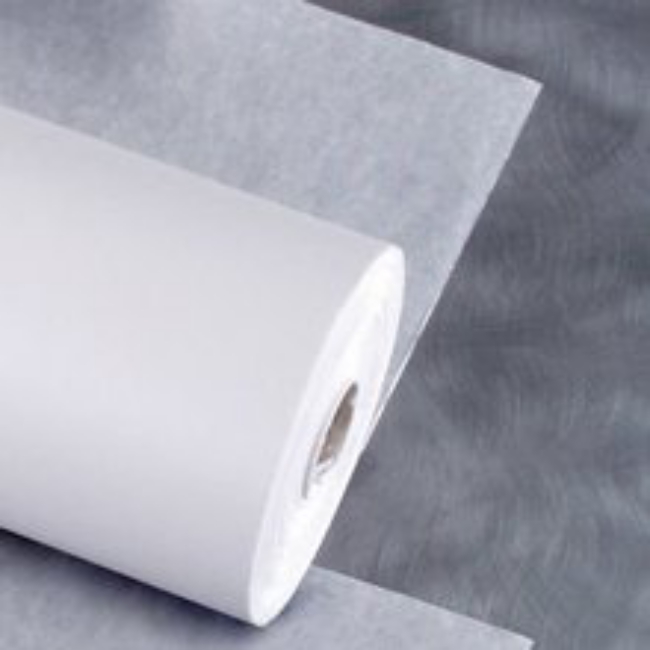Melt blown cloth looks nothing special, but the production process is very complicated. Its production process can be summarized into three steps: firstly, naphtha is refined from petroleum, then chemically processed into polypropylene, and then melted and sprayed to make a cloth.
Selection of raw materials
Polypropylene (PP) is easy to become filaments, and when the melt index is high (MFI≥1500g/10min), it can become a fairly thin fiber (diameter of 2 to 3 μm). Although the gap of the melt blown cloth is much larger than the size of the new coronavirus (about 0.1 μm), its ability to filter viruses in the environment is still very strong.
Production Process
The production process of melt blown cloth is mainly divided into three steps: melt extrusion, melt blown process and electret treatment.

Relying on the screw extruder to melt the polymer particles to the molten die assembly, including the polymer distribution system, die system, drawing hot air pipeline channels and heating and heat preservation elements, and extrude them from the nozzle holes of the die . The diameter of the spinneret holes in the meltblown process is much smaller than the spinneret holes used in the inner and outer spunbond fabrics because the diameter of the meltblown fabric fibers is only one tenth of that of the spunbonded fabric fibers.
In order to achieve the required fineness, in addition to relying on a smaller spinneret hole, the melt fiber needs to be drawn by the high-speed hot air flow on both sides while the spinneret hole is extruded. In addition, the room temperature air on both sides is mixed with the heat flow. Air can cool and solidify the attenuated melt.
The superfine fibers that have been drawn and solidified by cooling are blown to the condensation net curtain under the action of the drafting airflow. There is a vacuum suction device at the bottom of the condensation net curtain, which can adsorb the fibers on the condensation net curtain and use their own waste heat to bond the net into the net.
Finally, the most important thing is the electret treatment. The emitter electrode on the spinning line can make the melt-blown fiber with a lasting static charge, so that the melt-blown cloth has an additional electrostatic adsorption effect without hindering breathing. The non-woven fabric produced by the meltblown method has 35% filtration performance, and the filtration performance can be increased to 95% after electret treatment.
The above information is provided by non woven fabric factory.